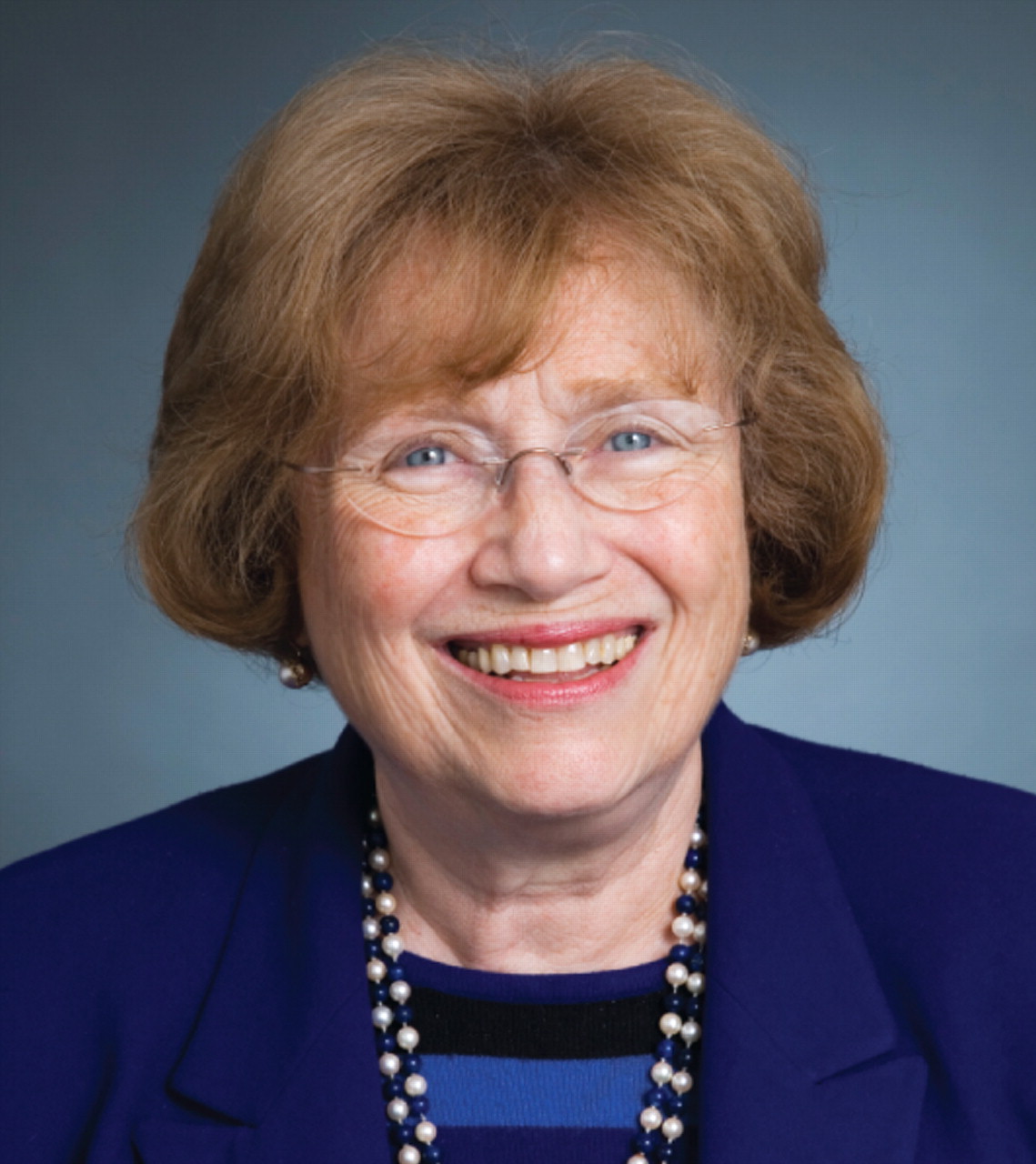September is Women in Medicine Month. It coincides nicely with the upcoming 25th anniversary of the founding of the Association of Women Psychiatrists (AWP).
When I entered medical school in the 1960s, our class had eight women, an unusually high number—almost 10 percent. Five women graduated—one left medical school, another took time off, and one transferred. There were three women in my 16-member residency group, and two of my four colleagues in a child psychiatry fellowship were women.
As the proportion of women in medicine grew, so did the number and proportion of women in psychiatry. Today, of the total number of APA members, 35 percent are women, while the current proportion of women residents—53 percent—predicts a future in which the number of women members will equal that of men.
Psychiatry as a specialty, and APA in particular, have long welcomed women's participation, and women have attained many leadership roles. APA's first woman president was Dr. Carol Nadelson in 1986; I am the sixth, and Dr. Nada Stotland, president-elect, will be the seventh. Currently, all four of the APA officers are women.
Still, women physicians, including psychiatrists, earn less than their male colleagues, even when considering position descriptions and hours worked, and they continue to be underrepresented in positions of power and leadership in medicine. Similar limits are seen in professions such as law, business, and engineering. Many hypotheses have been offered to explain these inequities: while marriage and child rearing may play a part, acculturation, social attitudes, and expectations seem to exert a greater influence. Women also voice a need for more mentoring and networking.
The AWP was founded by Dr. Alexandra (Allie) Symonds, along with a small group of other dynamic women psychiatrists to address these challenges. This independent organizat ion focuses on women's concerns. It fosters recognition of women psychiatrists throughout their careers, promotes leadership opportunities for women psychiatrists, and addresses needs of women patients.
AWP members communicate via an active e-mail list serve and Web site. Content ranges from current research or ideas related to women's health to national and international referrals for psychiatric care. The Web site<www.womenpsych.org> provides more information about the organization and access to past and current issues of its newsletter, News for Women in Psychiatry. As AWP approaches its “silver anniversary,” it has become a vibrant and active organization of more than 2,500 women at every professional level (residents and early-, mid-, and senior-career psychiatrists) from across the United States and abroad.
AWP meets yearly in conjunction with the APA annual meeting and involves APA leadership in its programs. It also interacts regularly with APA's Committee on Women, the APA Women's Caucus, and APA staff.
Peer mentorship at each career level is a major focus. AWP's goal of recognizing women psychiatrists for excellence in women's clinical care, outstanding community service, and innovative research in women's mental health has been addressed through a number of named awards including the AWP-APA Alexandra Symonds Award, which is an endowed lectureship presented at APA meetings recognizing a woman psychiatrist whose work has enhanced the lives of women patients and/or women physicians; the Marian I. Butterfield, M.D., Early Career Psychiatrist Award, which honors an early career psychiatrist who has exhibited exceptional leadership and commitment and made significant contributions to women's mental health; the Leah J. Dickstein Award, which is presented to a woman medical student who has shown outstanding creativity, energy, and leadership; the Alexandra Symonds Distinguished Service Award, which is conferred on an AWP member for mentorship and a career dedicated to women's mental health; and the Martin Symonds Man of Good Conscience Award, which recognizes men who, through their professional activities, have facilitated women's promotion and leadership. In addition, a fellowship honors women psychiatry residents who have shown excellence in an area of women's mental health, and the Symonds Fellowship honors a woman psychiatry resident who has made significant achievements in psychoanalysis.
As the number of women in psychiatry continues to increase, women may no longer hold minority status in many settings, but may still face the institutionalized and covert sexism, glass ceilings, and brick walls that have long contributed to their underrepresentation.
Our patients, colleagues, partners, and family members continue to experience inequities in personal and professional arenas. As a profession and professional organization, we must work to remove all such disparities. Not only is this focus the right thing to do, but supporting good care, professional development, and the participation and success of all underrepresented groups enriches our field.
Congratulations to the AWP on this important milestone, and best wishes for continued success in your work.
I would like to thank Dr. Tana Grady-Weliky, president of the AWP, for providing extensive information about AWP's history and activities. ▪

